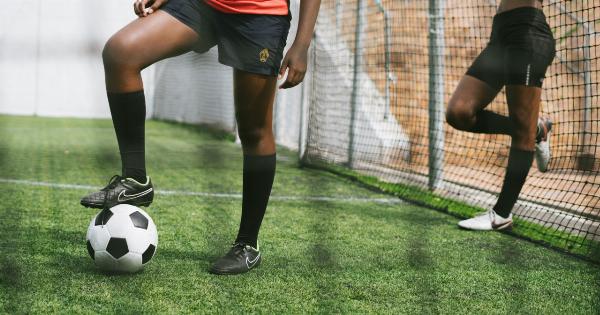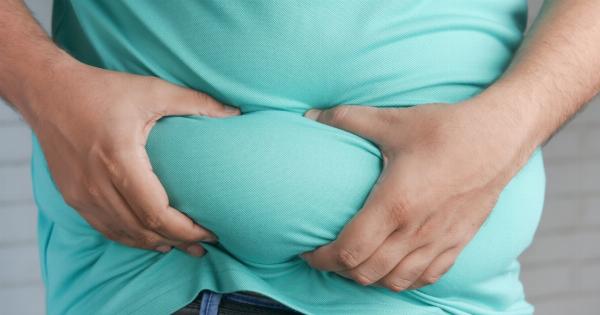Exercise and nutrition go hand in hand. The timing of your meals can significantly impact your energy levels and performance during exercise.
However, it is vital to pay attention to the timing of your workouts in relation to meals, as exercise immediately after consuming food can lead to discomfort, nausea, or cramps.
Factors Contributing to the Ideal Time to Exercise
The timing of exercise after eating usually depends on multiple factors such as the type of workout, meal size, composition, and individual differences.
Some people can tolerate exercise right after eating, while others may need to wait longer to avoid any discomfort. Here are some factors that you should consider to determine the ideal time to exercise after eating:.
The Type of Exercise
The type of exercise you want to perform determines the amount of time you should wait after eating.
Intense exercises that require a lot of movements or jumping like running or weight lifting may require more time after eating to avoid discomfort or cramping. On the other hand, milder exercises such as yoga or stretching may involve less movement, and therefore less time after eating is necessary.
The Size of the Meal
The size of your meal matters as well. A large meal takes longer to digest, and consuming foods that are high in fat or protein can take even longer. If you had a large meal, it is best to wait for 2-3 hours before engaging in any rigorous exercise.
Meal Composition
It is also essential to consider the composition of your meal. Eating foods that contain high fiber or fat content can lead to delayed digestion, which may cause discomfort during exercise.
Additionally, consuming meals containing high amounts of simple sugars can lead to a crash, making it challenging to exercise. Therefore, it is better to consume balanced meals that contain lean protein, carbohydrates, and healthy fats for energy and performance.
Individual Differences
Individual genetics, metabolism, and personal preferences should also be taken into account. Some people have a faster metabolism and can digest the food quickly, while others digest food slowly.
Therefore, it is best to test different times to determine the optimal time that works best for your body.
How Long to Wait Before Exercise?
The general rule for exercising after eating is to wait for at least 30 minutes to one hour before exercise. This allows your body to digest the meal, and blood flow can be transferred from the digestive system to the muscles for your workout.
If you plan on engaging in moderate to high-intensity exercise, then allowing 2-3 hours after eating is generally recommended. This should give your body enough time to digest food, lower the risk of experiencing discomfort, and ensure optimal performance.
What to Eat Before Exercise?
The type of food you consume before exercise can significantly influence your performance and energy levels. Meals consumed before training should contain carbohydrates, protein, and healthy fats to sustain energy levels throughout the workout.
Below are some examples of what to eat before exercise:.
- Whole-grain toast with avocado and eggs
- Lean meat with brown rice and vegetables
- Oatmeal with berries and almond butter
- Greek yogurt with fruit and granola
The Bottom Line
The timing of exercise after eating is essential for optimizing performance, preventing discomfort, and achieving your fitness goals.
It is recommended to wait at least 30 minutes to an hour before engaging in exercise, and 2-3 hours for high-intensity workouts. The type of food you consume also plays a crucial role in determining your performance, so opt for balanced meals rich in carbohydrates, protein, and healthy fats.
Everyone is different, so experiment with different strategies to determine what works best for you.































